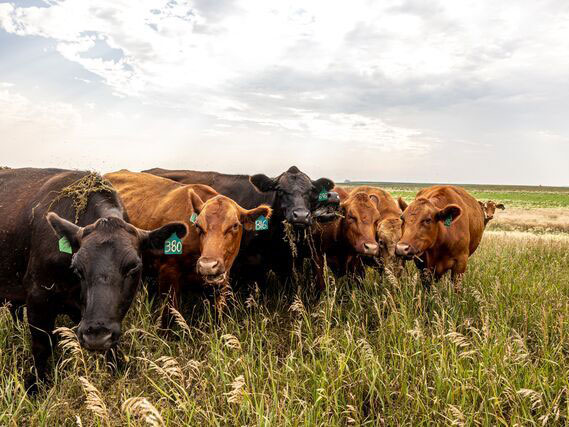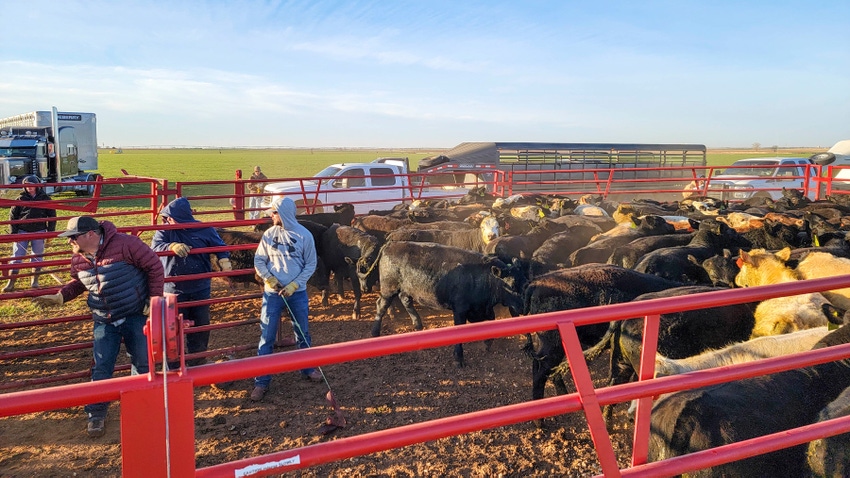Trick Factors to Consider When Deciding On Livestock Risk Defense (LRP) Insurance
When evaluating alternatives for Animals Risk Security (LRP) insurance, numerous essential elements require mindful consideration to make certain reliable danger monitoring in the farming field. Choosing the appropriate insurance coverage options tailored to your certain livestock operation is extremely important, as is comprehending exactly how premium prices associate with the degree of defense used.
Coverage Options
When considering Livestock Risk Defense (LRP) insurance, it is necessary to comprehend the various protection alternatives readily available to mitigate threats in the agricultural sector. Animals Threat Protection (LRP) insurance provides various insurance coverage choices customized to satisfy the varied needs of livestock producers.
One more essential protection choice is the endorsement period, which figures out the size of time the coverage holds. Producers can select the endorsement period that ideal fits their production cycle and market conditions. Furthermore, insurance coverage degrees and prices vary based on the kind of animals being insured, providing producers the adaptability to customize their insurance prepares according to their certain needs.
Comprehending the various protection choices available under Livestock Risk Protection (LRP) insurance policy is critical for producers to make educated choices that efficiently safeguard their animals operations from market uncertainties.
Premium Expenses

Animals Threat Defense (LRP) insurance policy supplies essential insurance coverage alternatives tailored to minimize threats in the farming field, with a substantial facet to consider being the computation and framework of premium prices. These include the type and number of livestock being insured, the coverage level chosen, the existing market costs, historical cost data, and the size of the coverage duration.
Premium prices for LRP insurance policy are normally calculated based on actuarial data and run the risk of evaluation designs. Insurance companies examine historic data on animals costs and manufacturing expenses to establish a proper premium that shows the level of risk involved. It is necessary for livestock manufacturers to thoroughly assess premium prices and coverage options to guarantee they are adequately protected versus prospective monetary losses because of damaging market problems or unexpected events. By understanding how superior costs are determined and structured, producers can make informed choices when picking the right LRP insurance coverage plan for their procedure.
Qualified Livestock
The decision of qualified animals for Animals Threat Security (LRP) insurance protection includes cautious consideration of certain requirements and characteristics. Livestock kinds that are commonly eligible for LRP insurance policy include feeder cattle, fed lambs, swine, and livestock. These pets have to fulfill particular qualifications connected to weight ranges, age, and meant usage. Additionally, the eligibility of animals might vary based on the specific insurance coverage supplier and the terms of the policy.
Feeder cattle, for example, are generally eligible for LRP protection if they fall within specified weight varieties. Lambs are one more category of livestock that Full Article can be taken into consideration for LRP insurance coverage, with elements such as weight and age playing an essential function in identifying their eligibility.
Prior to selecting LRP insurance coverage for animals, manufacturers should thoroughly examine the eligibility criteria described by the insurance company to ensure their pets fulfill the essential requirements for coverage.
Policy Flexibility
Policy flexibility in Livestock Risk Security (LRP) insurance enables manufacturers to customize coverage to match their certain requirements and take the chance of management techniques. This flexibility encourages animals manufacturers to customize their insurance plan based on elements such as the kind of animals they possess, market problems, and individual threat resistance degrees. One key facet of policy flexibility in LRP insurance is the capability to choose protection degrees that straighten with the manufacturer's economic goals and run the risk of direct exposure. Manufacturers can choose protection degrees that protect them versus potential losses due to changes in animals costs, ensuring they are properly insured without overpaying for unnecessary insurance coverage. Furthermore, LRP insurance offers flexibility in policy period, enabling producers to pick protection periods that ideal fit their manufacturing cycles and marketing timelines. By supplying adjustable options, LRP insurance makes it possible for producers to efficiently handle their threat exposure while protecting their animals operations versus unforeseen market volatility.
Insurance Claims Process
Upon experiencing a loss or damages, manufacturers can start the claims process for their Animals Risk Protection (LRP) insurance policy by quickly calling their insurance policy copyright. It is crucial for manufacturers to report the loss asap to accelerate the cases procedure. When reaching out to the insurance provider, manufacturers will certainly require to provide detailed details about the event, including the date, nature of the loss, and any relevant paperwork such as veterinary records or market value.

After the assessment is complete, the insurance coverage company will make a choice regarding the insurance claim and communicate the end result to the producer. this link The manufacturer will certainly obtain settlement according to the terms of their Livestock Threat Security (LRP) insurance plan if the insurance claim is authorized. It is essential for producers to be acquainted with the claims procedure to make sure a smooth experience in case of a loss

Final Thought
In verdict, when selecting Animals Danger Defense (LRP) insurance policy, it is important to think about coverage choices, premium costs, qualified animals, plan flexibility, and the insurance claims process. These essential factors will assist ensure that farmers and ranchers are properly shielded against possible dangers and losses connected with their livestock procedures. Making an informed decision based on these factors to consider can ultimately bring about much better economic protection and tranquility of mind for animals manufacturers.
Animals Threat Security (LRP) insurance coverage offers various insurance coverage options customized to fulfill the diverse requirements of livestock manufacturers.The resolution of qualified livestock for Animals Danger Defense (LRP) insurance protection includes careful factor to consider of details requirements and qualities.Policy versatility in more Animals Danger Defense (LRP) insurance coverage permits manufacturers to customize coverage to match their particular demands and take the chance of administration strategies.Upon experiencing a loss or damages, manufacturers can launch the claims procedure for their Livestock Danger Defense (LRP) insurance by quickly contacting their insurance supplier.In conclusion, when selecting Livestock Risk Defense (LRP) insurance policy, it is necessary to take into consideration protection choices, premium prices, qualified animals, plan adaptability, and the insurance claims process.